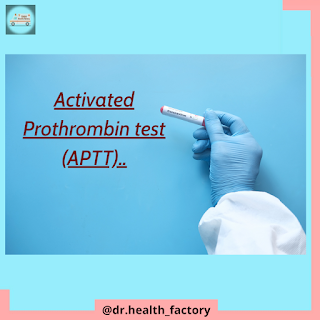Welcome to drhealthfactory, your comprehensive guide to wellness, health, and living your best life. At drhealthfactory, we believe in empowering individuals with the knowledge and resources they need to make informed decisions about their health and well-being.
Bleeding Disorders:
Bleeding Disorders are the group of conditions in which there is an abnormal tendency to bleed due to failure of the natural hemostasis process. It leads to extravasation of blood into the extravascular space i.e, blood exits the blood vessels.
Bleeding disorders might be caused due to the following conditions:
1. Platelet Abnormalities
- Thrombocytopenia
- Platelet Function Disorders
- Inherited Glanzmann Throbasthenia
- Inherited Wiskitt-Adrin Syndrome
- Drug-Induced
- Uremia
2. Primary Hemostasis Disorder
- Congenital Ehler-Danlos Syndrome
- Acquired Henoch-Schonlein Purpurara
- Blood Vessel Wall Defect
- Fibrinolytic System Defects
- Increased Protein C Resistance
- Increased Prothrombin
- Antithrombin III Deficiency
- Protein C And Protein S Deficiency
- Hemophilia A and B
- Coagulation Factor (2, 3, 7, 9, & 11) Deficiency
- Von Willebrand Disease
- Vitamin K Deficiency
- Liver Disease
- Disseminated Intravascular Coagulation
Tests To Diagnose Bleeding Disorders:
Several pathological tests on the patient's blood samples are performed in the laboratory. These tests use different mechanisms in diagnosing the cause of the bleeding disorders. These tests help to detect the time taken for the blood sample at a given time. The cause, disease, and treatment of the patient are directed by the derived results. Few tests that diagnose the bleeding disorders are mentioned below:
Peripheral Blood Smear:
Bleeding Time:
Bleeding time is the time taken for bleeding to arrest after a puncture or cut of the skin capillary bed.
or
Bleeding time is also defined as the time taken for standere skin wound to arrest bleeding.
Normal range of bleeding time is 2-6 minutes.
There are few methods to identity the bleeding time:
1. Duke's Method
- Finger Tip Prick Method
2. Ivy's Method
- Incision On Forearm
- Multiple Incsion On the Wrist Region
For Details- Bleeding Time: Types, Materials Required, Procedure, And Applications
Clotting Time:
Clotting time is the interval of time taken for the fresh whole blood to clot.
Normal range of clotting time is 2-8 minutes.
There are three common methods to detect the clotting time:
- Capillary Tube Method
- Slide Method
- Lee And White's Method
Prothrombin Time:
Prothrombin time is the average time taken by the citrated plasma of patient's blood sample to clot after the addition of mixture f tissue thromboplastin and calcium.
Normal range of prothrombin time is 11-16 seconds.
For Details- Prothrombin Time Material Requirements, Procedure, And Uses.
Activated Prothrombin Time (APTT):
Activated prothrombin time (APTT) is the time interval taken for the citrated plasma of patient's blood to clot in the presence of mixture of calcium, phospholipid, and surface activator.
Noraml range of activated prothrombin time is 30-40 seconds.
For Details- Activated Prothrombin Time Procedure, Material Requirments, And Applications
Thrombin Time:
Thrombin time is a type of blood test that help to measure the time taken to form a clot in the plasma of blood sample containing anticoagulant when added with excess of thrombin.
This test is done only as a alternate method for abnormally prolonged APTT and Pt.
Normal range of thrombin test is 14-19 seconds.
For Details- Thrombin Time: Material Required, Procedure, And Uses
Thank you for spending your time and showing interest in reading our article, hope you follow, share, and comment on this article.
If you are interested, you can follow us on Instagram, Facebook, and Twitter through the links provided on the home page, so that you can get immediate notification of our latest updates.














.png)



0 Comments
If you have any queries related to this article, let us know in the comment section.